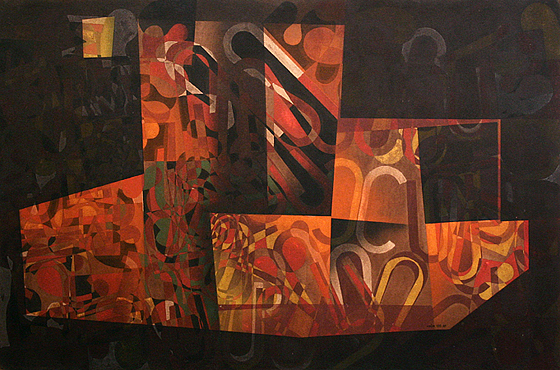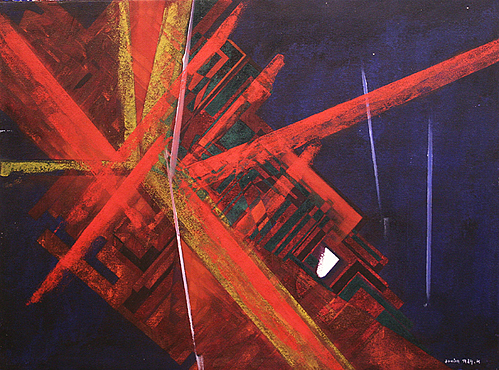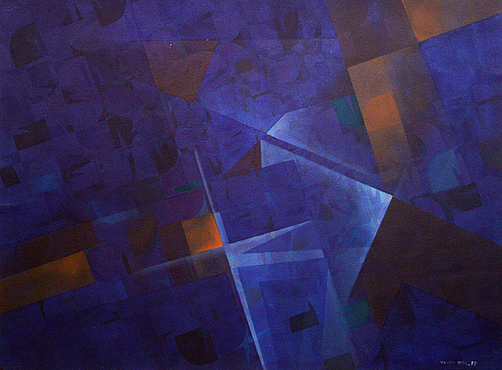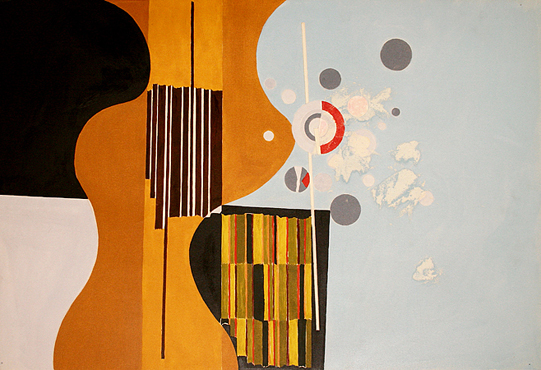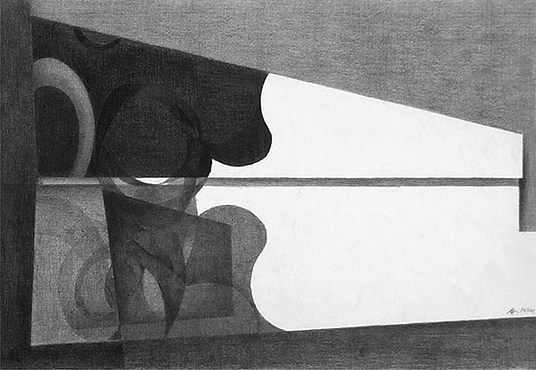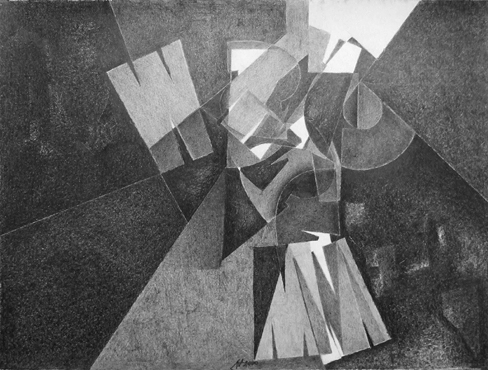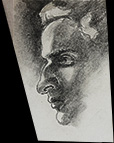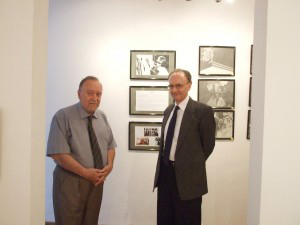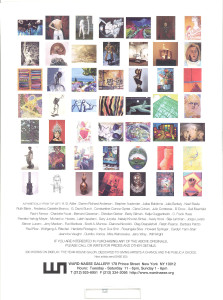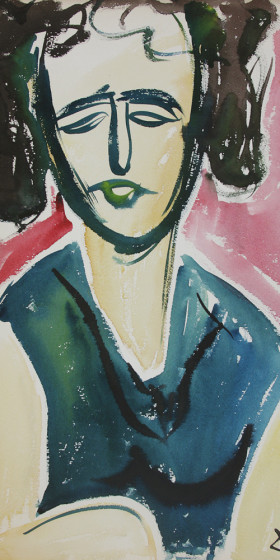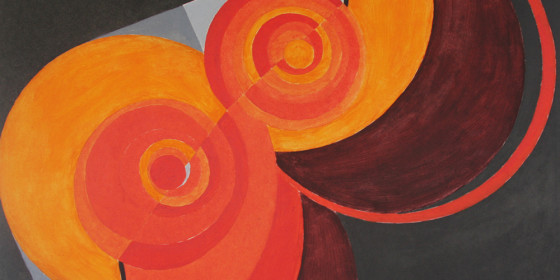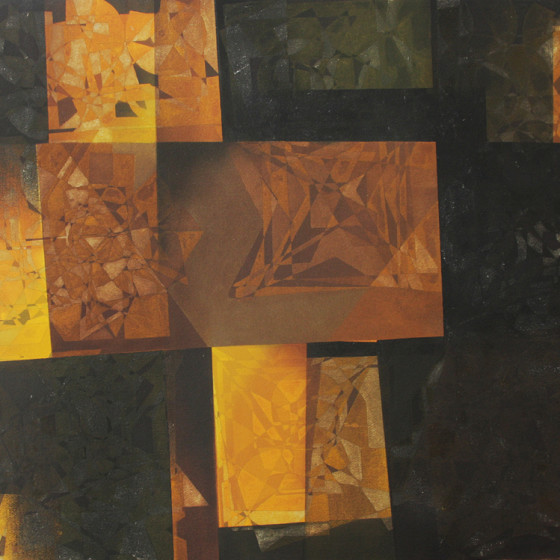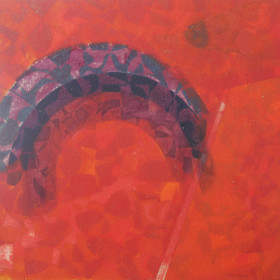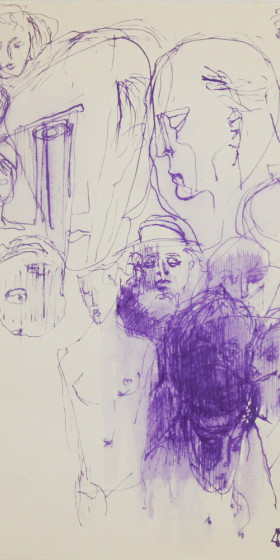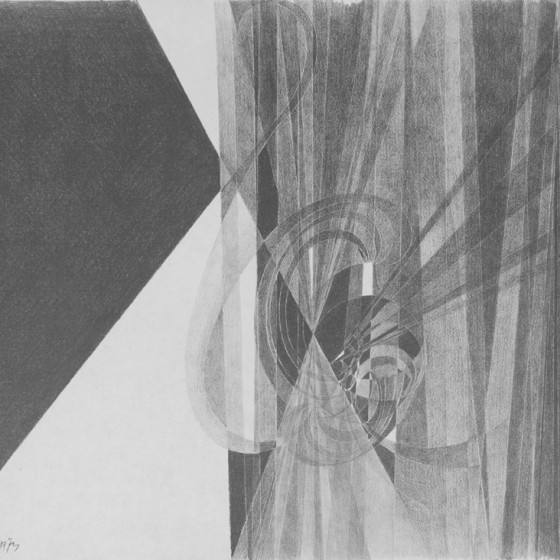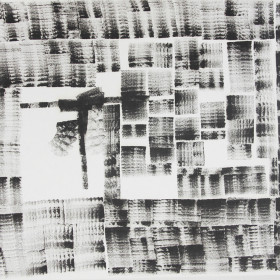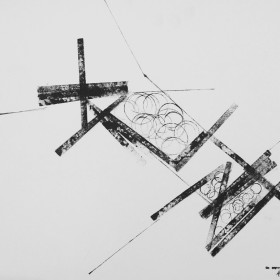About »
Welcome to the world of Dumitru Vonica, painter.
Here is, in one block, a full artistic and spiritual cycle. Over more than 40 years in the second half of the XX century, Dumitru Vonica grew and matured as artist, producing an original, refined, and considerable body of works. His paintings and drawings, sampled here, are deeply anchored in the art of his century in spite of the almost complete, and only partially unintended, isolation of the artist in his native Romania, where a harsh brand of Communism condemned apolitical art.
Abstract art might not strike one as a typical crowd pleaser, even less so when created by a high-powered, in it’s own admission elitist, mind. You will be surprised, and I hope elated, to discover the richly colored, subtle, powerful, warm and exciting graphics that have impressed people from all walks of life.
You can browse the works, catalogued by period and medium, read about the technical and conceptual foundations of this art, see expert opinions, and discover the life and sense of humor of an Eastern European intellectual in a troubled place and age.
The site has a dual mission, to promote the knowledge of Dumitru Vonica’s art, and to spread his works. While your comments can no longer reach him, we, Alin Vonica, his son, and the dedicated people who are now promoting his art, would warmly welcome your critiques or suggestions.
Works »
Paintings and fugues
Dumitru Vonica, for as long as I remember him since the early 60s, painted every moment when he was not forced to do something else, surrounded by music, with Bach’s fugues and Beethoven’s quartets foremost. Throughout his experience as amateur of high art, his search for structure, complexity, and subtle nuance stand out. At the peak of his own creation, Dumitru Vonica used an underlying geometric mosaic of puzzle-like shapes as a scaffold for subsequent layers of paint, applied over broad surfaces, with an oil technique he developed that allowed all layers to remain visible. This game of independent, yet enmeshed layers might have been inspired by Bach’s contrapuntal music, or produced by the painter’s inner drive for complexity. Either way, he was intuitively aware that his work is a pictorial tribute to the master of the fugue. Continue reading »Technique and thinking»
The technique in the painter’s words
"I paint on filter paper or cardboard-glued paper, in approximately 6 layers of colors, the final two being applied with gaze wetted in diluted color, which allows me to obtain transparencies that a paintbrush cannot produce." (Letter to Andrei Plesu, 1987).
"Yes, light, color, but also space and time. I achieve them through a richly colored chiaroscuro, with light economically distributed, like a directed explosion. I solve the sensation of space without perspective, through variations of colors and hues, producing depths and bursts toward the surface, on an often neutral background. Time is suggested by geometric forms, with straight lines alternating with curves which multiply, fragment, come out of painting frame, bestowing – I hope – a sensation of boundlessness and flow of time." (in The Danger of Confession, by N. Steinhardt, 1993)
Continue reading »Discovering abstract painting »
Tica always believed the object of the painting is of no consequence. If you want to see a flower or a stool, you can look at it live, or get a photograph. What makes a painting special is “style”, the way an artist combines his peculiar hand trace with chosen shapes and colors. It’s not the flower, or the stool, or the nude, it’s how they are painted. This “how” is what you are looking for, and abstract painting, devoid of the distraction of figurative, rational content, lays it bare, for better or worse.
If you are born with a natural skill for shapes and colors, you don’t need any other help than your enthusiasm for seeking art and discovering it intuitively. Your mind will find on its own ineffable cues, meanings and pleasures in a work of art. A house painter once came to Tica’s apartment to fix some wall. His work done, he was trying to leave when he lost his way and entered Tica’s workshop. This man, a country bumpkin without high school, who had never seen anything more than a church icon as painting, was struck in amazement and could hardly move, or utter a word, for a few minutes. “This is so beautiful”. That simple man had a godly gift, and abstract art spoke to his naïve, unprejudiced soul without the need of introduction.
Continue reading »Biography »
The unromantic life of Dumitru Vonica, painter, intellectual, unorthodox self-proclaimed genius and citizen of the world“I could be bounded in a nutshell and count myself a king of infinite space
” (Hamlet, Shakespeare)
Your guide in this trip will be Alin Vonica, Dumitru’s son. To call my father Vonica, when we share the same name, feels an odd thing to do. So, for the rest of the story, I will call him by his nickname Tica (pronounce “Teeker”, same ending as in “flower”), like everyone who new him closely.
I was fascinated with Shakespeare since my teens. Many of his thoughts and tribulations felt so close to my experience, and the quote above really summarizes Tica’s life. He did live in a nutshell, he was the king of a universe he created, and with his scathing sense of humor he would have relished the irony of the phrase.
Continue reading »Experts’ comments »
Michael Cross and Jorg Fechter, Arthaus Gallery, Dallas, TX 1994
His exploration of the work of Klee, Soulages and Pollock eventually led him to pure geometric abstractions. His paintings reveal extremely strong expression as he developed new techniques for his oil paintings and pencil drawings.
Dumitru Vonica’s drawings of the 70s have a striking linkage to the abstraction being produced by the Russian artist Malevich after 1917, following the Russian revolution. The work of Dr. Vonica is more intricate and has more pictorial depth than the Suprematism of the Russian Constructivists, In the mid 20s, Malevich used a series of chart-like posters to illustrate his theory that there is a similarity between microscopic bacteria and the ability of “infectious” agents in the art world to bring about radical change. Whether by intuition of by intent, Dr. Vonica took the Cubistic and Constructivist tools of the art history in Eastern Europe and advanced their use to suit his own time, personality and experience. Dumitru Vonica is now seen as an important modern day link to the work produced in the 1920s and 1930s, which until now has largely been thought of as abandoned by its creators such as Malevich, Braques and Picasso.
Continue reading »